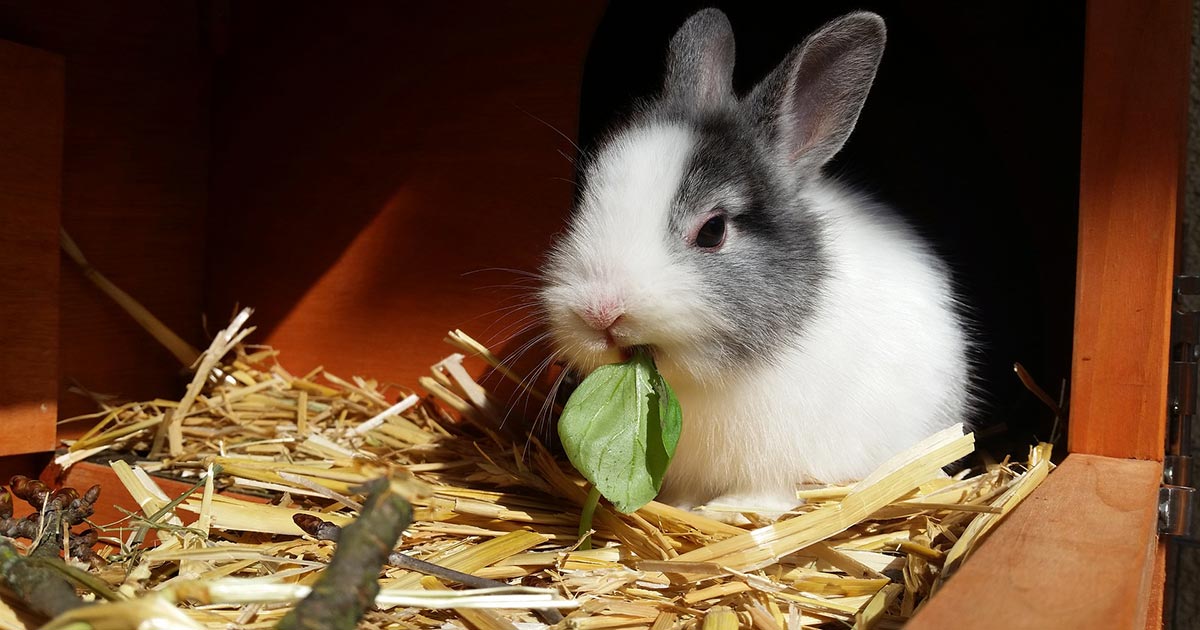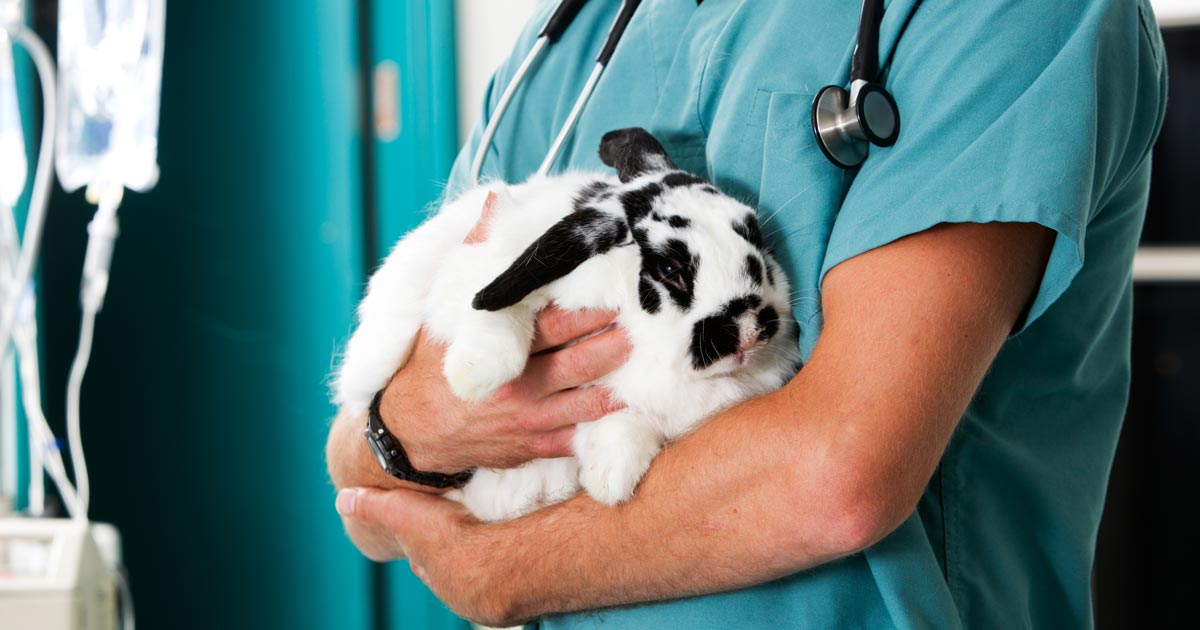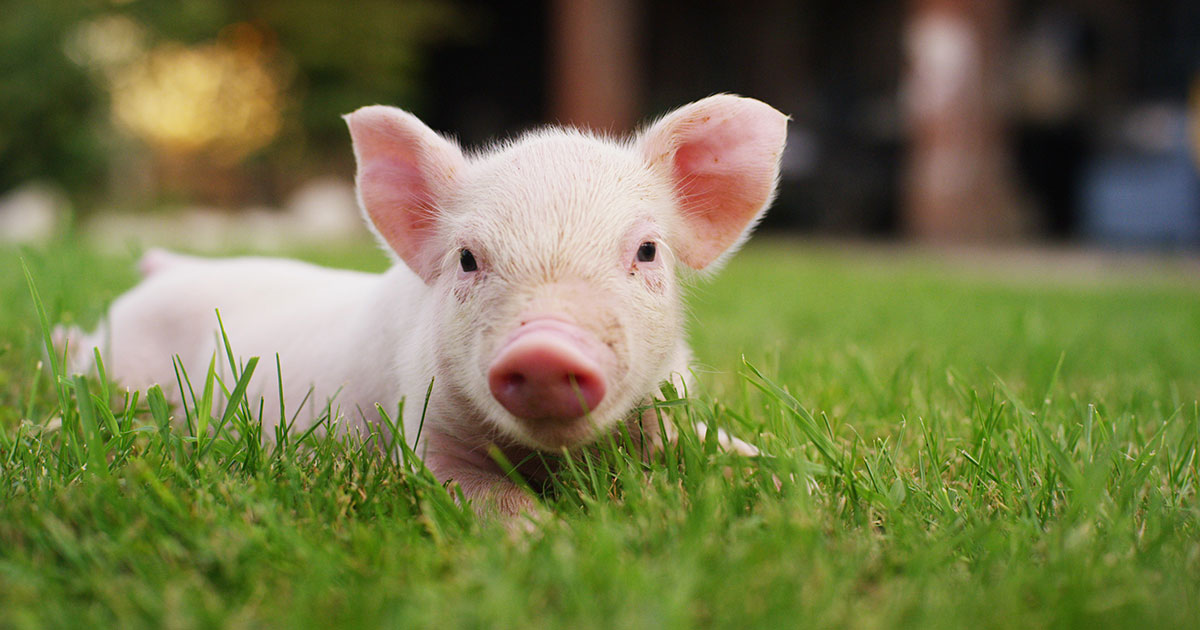According to PDSA [PDSA Animal Wellbeing (PAW) Report 2022], rabbits are the third most popular pet in the UK behind dogs and cats. With an estimated 1.1 million pet rabbits in the country, that’s about about a tenth of the population of pet dogs and cats, which hover around the 9 to 10 million mark.
So, if the pet ratio of dogs/cats:rabbits is 10:1, why isn’t this reflected in our teaching? Despite rabbit populations being endemic to the UK for more than a thousand years, they always seem to get lumped with guinea pigs and the cold-blooded pets like lizards and corn snakes when it comes to textbooks or university curriculums.
I can confidently say my education on rabbit physiology and medicine has been dramatically less than 10% of what I’ve received for small animal medicine. Perhaps this is why many vets, especially new or recent graduates, feel more confident handing off any rabbit patients to the resident “expert” of the practice or even referring to an exotics specialist, rather than seeing it themselves.
Accessibility
It’s a sad truth that the less convenient education and health care are to access, the less people will reach for them. By extension, the less veterinary practices that advertise care for rabbits (and other exotics), the less rabbits are likely to be registered at a practice and receive regular preventive care.
For example, as a native to the land of Kent, I only know of two or three practices that would call themselves “exotic specialists” and I know that, for a lot of rabbit owners, traveling half way across the county to visit one of these few practices would not be practical or plausible. Perhaps this is why, according to PDSA reports, at least 11% of pet rabbits receive no preventive health care, including vaccinations.

Education
The value of a veterinary consultation is not simply to talk through clinical signs or address a flea outbreak in the home, it’s a chance for owners to discuss management issues or to ask for general advice. When rabbits aren’t brought in for routine consultations, then discussions about their diet, husbandry and behavioural needs don’t get to be had.
Some vets are already worried that the development of an annual rabbit haemorrhagic disease (RHD) booster rather than biannual is going to dramatically reduce rabbit welfare by halving the number of times these pets receive a clinical exam.
Welfare
Of course, like all “exotics”, there’s the argument to be made as to whether these animals are suitable pets in the first place. Personally, I feel that this is a moot point for the time being.
The fact that more than 50% of pet rabbits are housed by themselves with no companionship speaks volumes about the lack of knowledge the general public possesses on how to care for these animals. However, with more than a million of them currently out there, they’re not going away anytime soon.
The best we can do as professionals is educate our clients so welfare can be maximised as much as possible… and that starts with educating ourselves. I hope that in the near future the landscape of the veterinary degree can shift to better reflect the current demand for exotic vets – or at least rabbit vets.


